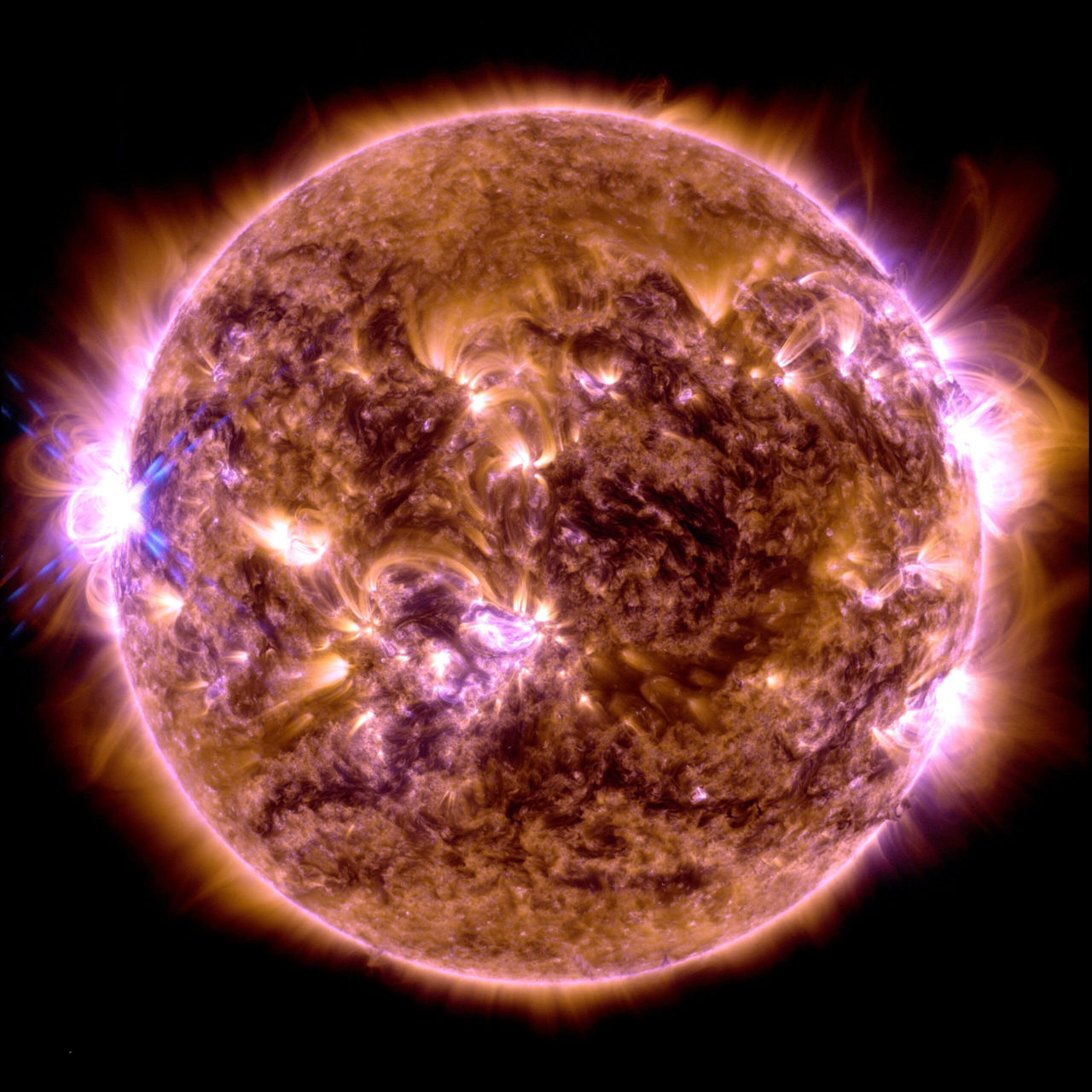
What explains the difference in climate from one part of the planet to another?
One essential reason: because the Earth is round, and light comes from a specific direction, that of the Sun.

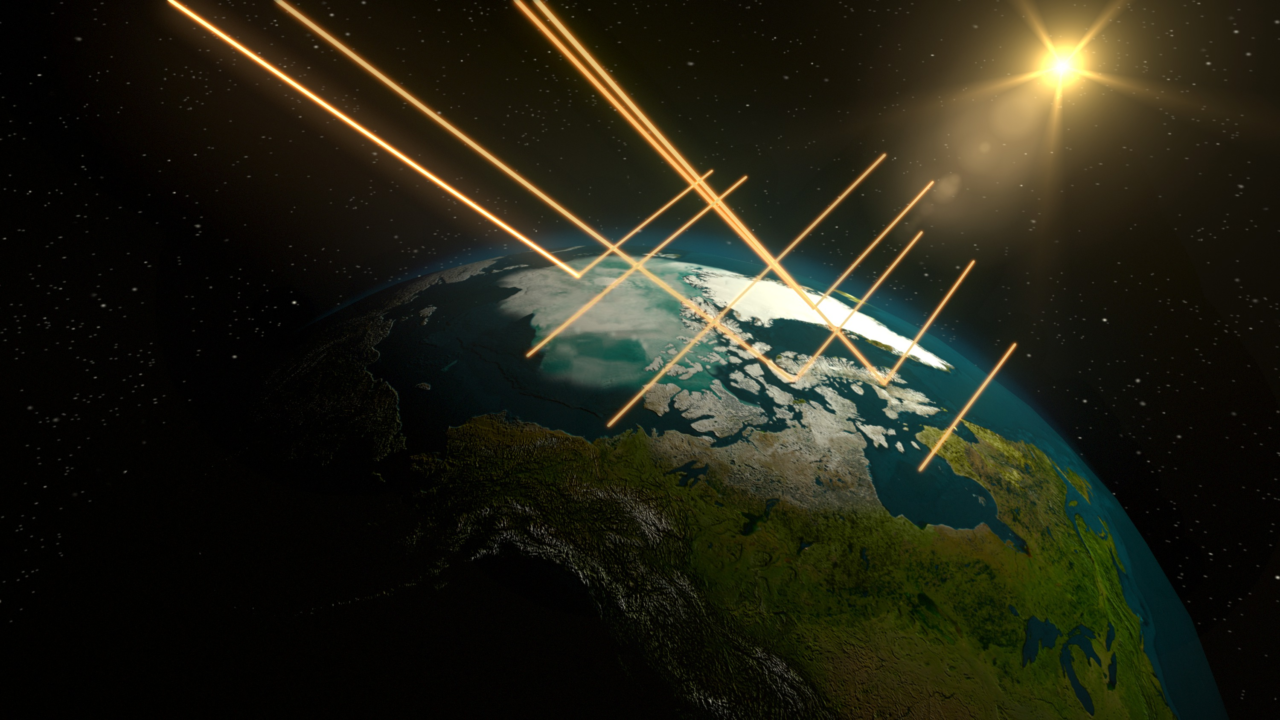
Because of its sphericity, the Earth receives less solar energy at the pole, where it arrives tangentially, than at the equator, where it arrives perpendicular to the ground. A simple experiment illustrates this mechanism. The same energy that illuminates 1 m2 at the equator is distributed over 1.4 m2 at the latitude of Bordeaux (45°), over 2 m2 in Oslo (60°) and over … 57 m2 at the pole (90°
An order-of-magnitude calculation shows that if nothing were to alter this distribution of solar energy across the globe’s surface, the average temperature at the equator would be 51°C (not 26°C as it is today), 26°C (20°C) in Casablanca, -45°C (13°C) in Paris and -58°C (7°C) in Stockholm. To understand this peculiarity, let’s examine the mechanisms that affect temperature distribution. Let’s remember that the Earth’s rotation on itself (day-night cycle), much faster than its rotation around the Sun (seasonal cycle), leads to a strong diurnal variation in temperature, particularly in deserts.
Mechanisms that modify the theoretical latitudinal distribution of temperatures
ATMOSPHERIC CONVECTION
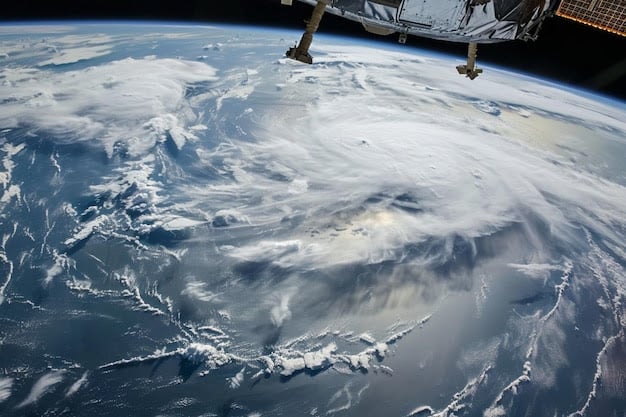
As the atmosphere is transparent to visible radiation, the latter heats the “ground” (oceans and land) directly. Heated at its base, the air then rises, taking the place of colder air which, in turn, heats up on contact with the ground, and so on. The atmosphere is thus driven by convection. “Heated from above”, the ocean, on the other hand, is stable, since surface waters are warmer and therefore less dense than deep waters. Atmospheric convection ensures vertical heat distribution; without it, the average temperature at ground level would be 30°C rather than 15°C for the Earth as a whole.

Heat redistribution by atmosphere and ocean
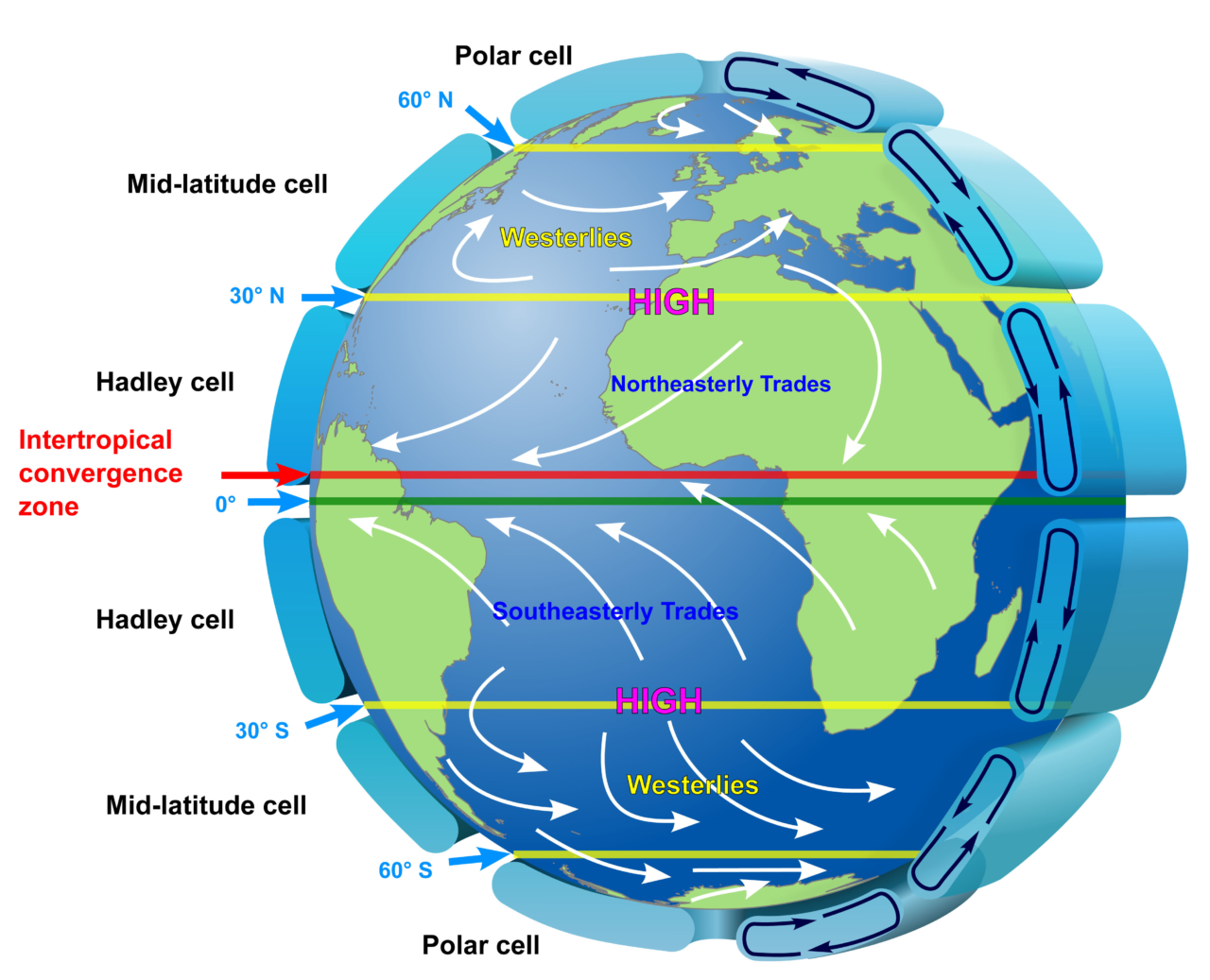
https://www.e-education.psu.edu/earth540/content/c4_p2.html
If the temperature difference between low equatorial latitudes and high polar latitudes is much lower than could be calculated on the assumption that this distribution merely reflects the differences in incident solar flux between the poles and the equator, it’s because the atmosphere (tropical circulation cells, mid-latitude disturbances) and the ocean (ocean currents), in almost equal measure, transport the excess heat received in the intertropical zone towards the high latitudes. This annual transport by the planet’s two fluid envelopes is estimated at between 5 and 6 1015 W for each hemisphere.

Altitude
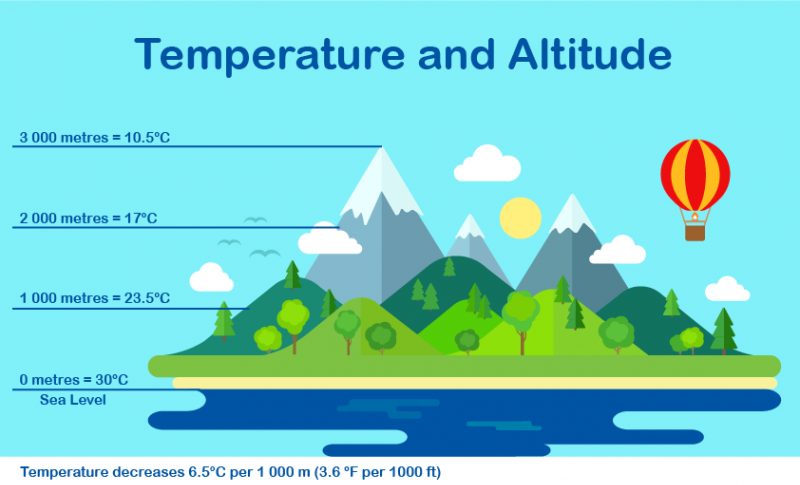
Since the “radiator” of the atmosphere is at ground level, it’s logical that atmospheric temperature decreases with altitude. This decrease is slowed by convection, but it remains significant, varying from around 0.6 to 1.0°C per 100 m, depending on whether the air is more or less cloudy, i.e. a decrease of 6 to 10°C at 1,000 m and 48°C at 8,000 m, the height of the highest peaks. This explains why permanent glaciers exist on the peaks of the tropical Andes.

Distance from the sea
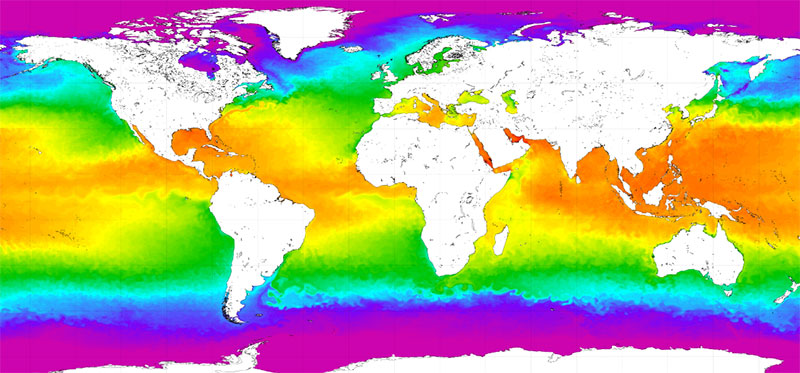
https://steemit.com/geography/@donfelix/how-distance-from-sea-affect-weather-and-climate
https://oceanexplorer.noaa.gov/facts/climate.html
The oceans regulate the planet’s temperature, so that it ranges from – 1°C to 28°C, whereas extreme temperatures on land are – 80°C in the heart of Antarctica and 45°C in the Arabian desert. So it’s only logical that regions benefiting from maritime air inflows should be milder than continental regions. To illustrate this, there’s no need to choose extreme examples. The temperature difference between Brest and Strasbourg, two cities a thousand kilometers apart, speaks for itself.
Albedo
Part of the solar radiation that reaches the ground is immediately reflected. The ratio between incident and reflected solar energy is called albedo (Latin for “whiteness”), a dimensionless quantity. By definition, albedo ranges from 0 for a body that absorbs all electromagnetic waves (the perfect black body) to 1 for a surface that reflects them all. The Earth’s planetary albedo (measured at the top of the atmosphere), which is 0.3 (often written as 30%), varies widely depending on the surface:
0.05 to 0.15 for the surface of the sea, a coniferous forest or dark soil ;
0.15 to 0.25 for crops;
0.25 to 0.45 for light, dry sand;
0.40 to 0.70 for packed snow;
0.60 for ice;
0.75 to 0.90 for fresh snow.

The seasons If the Earth’s axis of rotation, which passes through the poles, were perpendicular to the sun’s rays, the climate would not vary throughout the year. Today, however, this axis is tilted by 23.26°. From March 22 to September 22, the Northern Hemisphere seems to “lean” towards the Sun, and is therefore brighter than in winter. At the northern tip of Norway, the sun is permanent from May 14 to July 30 (midnight sun). This inclination of the Earth’s axis of rotation explains why, in climatology, we are as interested in the “meteorological equator” and its seasonal shifts as we are in the geographical equator, which is fixed.
The geographical equator is very important, however, as it determines the Coriolis force!
https://smartenergy.com/how-does-climate-change-affect-the-seasons
https://www.climatehubs.usda.gov/growing-seasons-changing-climate
https://www.epa.gov/climate-indicators/seasonality-and-climate-change
https://www.noaa.gov/education/resource-collections/climate/changing-seasons



